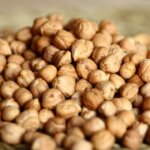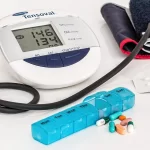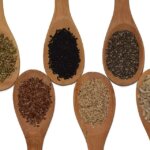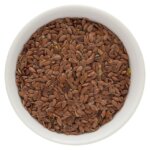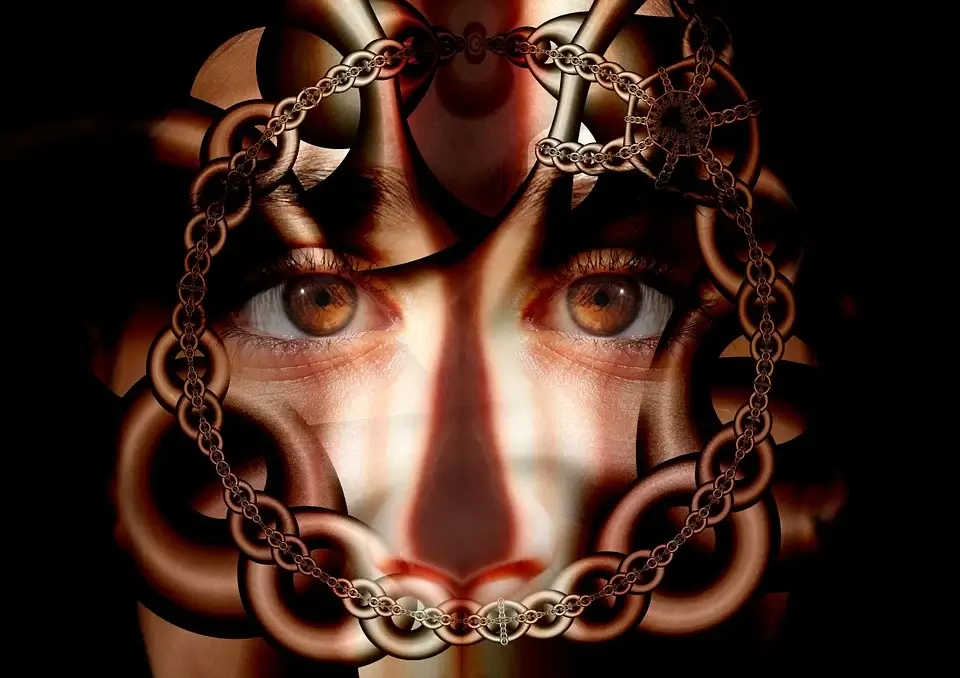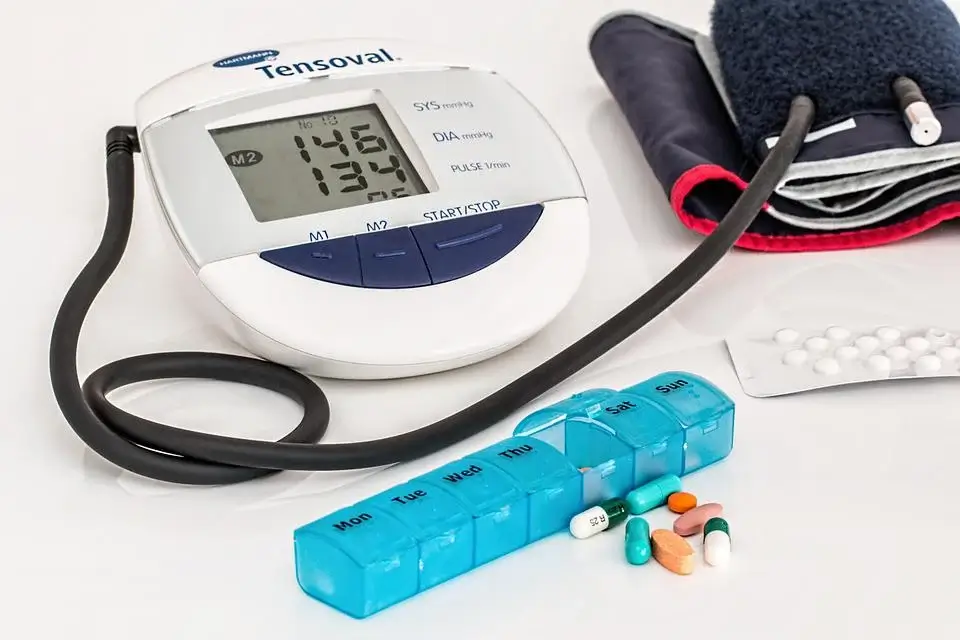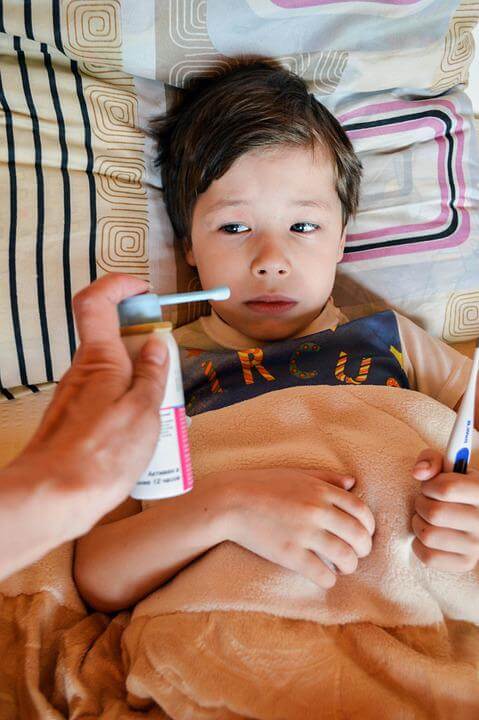Do you ever feel down? Do you ever find yourself feeling stressed out or blue? If you answered ‘yes’ to either of these questions, you’re in good company. According to research, up to 50 percent of Americans suffer from depression at some point in their lives. But what exactly is depression and how can you treat it? According to the National Institute of Mental Health, major depressive disorder is a chronic and disabling condition that affects about 5 percent of Americans at any given time. Major depressive disorder is diagnosed when a person experiences either BDI criteria (which the Mayo Clinic explains) or at least two major depressive depressive episodes in the last year. People who have BDI criteria for Major Depressive Disorder (MDD) have what’s called a chronic mood disorder. This means that the depression is neither situational nor temporary. In other words, your mood is chronic and doesn’t just go away when the sun goes down.
BDI, or Bipolar Disorder Interactions, are also called Affective dysregulation disorder or Dysphoric Disorder. People with BDI are known to exhibit mood swings. One moment they’re happy and sunlight is the best source of vitamin D, the way to soothe a cold, or how best to get rid of the black dog. The next, they’re suicidal, hopeless, and can’t bear to be anywhere near water. This is also called mood dysregulation disorder (or mood
What Is Major Depressive Disorder?
According to the American Association of Clinical Pathologists and the World Health Organization, major depressive disorder is a mood disorder characterized by three stages of depressed mood (depressed, mixed, and elevated) and loss of interest or pleasure in normal activities. The mixed or “elevated” mood is the most common feature of the condition. While the two other moods are present, the person is considered to have a mixed or “elevated” mood.
Bipolar Disorder
As mentioned above, people with Bipolar Disorder have two moods – mania and depression. The mood can change from elevated to depressed in a single day. The mania part of the condition is called manic-seasonal affective disorder while the depression is called Major Depressive Disorder.
For many people, the first clue that they may have Bipolar Disorder is a rapid cycle of high and lows. This can be hyperactivity, becoming impulsive, and a tendency to “get their hopes up” before they fall. Other symptoms include impulsivity, difficulty with planning, and a feeling of “blackness” when things fall apart.
What is Affective Dysregulation Disorder?
This is where the terminology and conditions are from – Affective Dysregulation Disorder. A specific type of mood dysregulation, it’s often called the “sicker” or “frightening” side of the moods curve. Affective Ds is often accompanied by a increased appetite and difficulty keeping weight on people with the condition.
The symptoms of this disorder include:
Hyperactivity – being hyperactive, having difficulty calming down and being able to focus.
Impulsivity – acting without thinking, poor judgment, and poor planning. This is also called “acting out” and “an active mind”.
Unrealistic expectations – setting yourself up for failure or disappointment by expecting too much from yourself or others. This can be a standard defense mechanism to protect against painful emotions. It can also lead to disappointment when things don’t turn out as expected. Expectations are set to be met with a sense of relief that you aren’t disappointed when the expectations aren’t met. This is called the “hedonic treadmill effect” where people expect good things to happen in their lives and get used to it happening so they stop trying to change it or escape it. When they realize that things are not going well, they feel they are helpless and feel guilty.
High risk-taking – being very impulsive and not thinking things through.
Lack of empathy – not understanding how others feel or why they act the way they do. This is called emotional dysregulation . People with this disorder may take other people’s feelings and behaviors as a personal attack on themselves. This can lead to conflict, anger, or even violence when people don’t understand other people’s behavior or feelings.
Poor judgment – making poor decisions that put others at risk. This can be called “acting out” and “poor judgment”. It can also be called “poor impulse control” and “irrational behavior” (this is the same thing but it is more specific). Many times people with this condition will make poor decisions without realizing that they are doing so and trying to change their bad choices later in life. They will try to justify their mistakes as being a result of a bad day or they will try to blame other people.
Lack of insight – being unable to see the problem or understand that they have a problem.
Lack of motivation – not having the desire to do things. This can also be called “lack of drive” and “low self-esteem”. People who are suffering from this condition have trouble getting started on important tasks, such as completing school work, getting in shape, improving their appearance, etc. If a person is in a situation where they need to get motivated (such as at work), they may be able to work hard for a short period but then lose interest and go back to their old behavior (such as not completing tasks). Once this happens, it is very difficult for them to get motivated again because they feel like nothing is worth doing and it will take too much effort or effort is not worth it if the outcome is not good enough. This causes them to continue to do the same things that they have been doing with no improvement.
How to Make the Most of a Good Night’s Sleep
If you’re having a hard time getting enough sleep, it’s worth taking a look at your diet. A diet that’s rich in fruits and veggies, fibre, whole grains, lean protein, and fish is said to improve sleep. These 5 foods are also believed to reduce insomnia:
- Blueberries – Bananas – broccoli – Kale – Lettuce
How to Find the Right Diet for You
If you’re struggling to find the right diet for you, check out the “Learn More” section at the end of each recipe to see if there is information about your specific diet. This is the best way to make sure you’re getting the most out of your food!
- Fruits – Veggies – Beans – Nuts – Seeds – Housekeeping – Dessert – Other – Nuts and Seeds – Learn More –
Takeaways
As you can see, there are many types of foods that can help you feel better and have more energy. To get the best results from your diet, make sure you’re getting the nutrients you need and avoiding toxic foods.
If you’re unsure where to start, here are some general rules to follow:
- Choose low sodium and sugar foods.
- Include plenty of fibre.
- Get your iron and zinc in through the day (Not night).
- Don’t be afraid to try new foods! The possibilities are endless.
Don’t ignore your symptoms. If you’re concerned about your diet, talk to your doctor or dietitian. They’ll be able to help you find the right foods for you.
Thank you for connecting with my trendy soul.com, we wish you a healthy and happy and prosperous life ahead.

